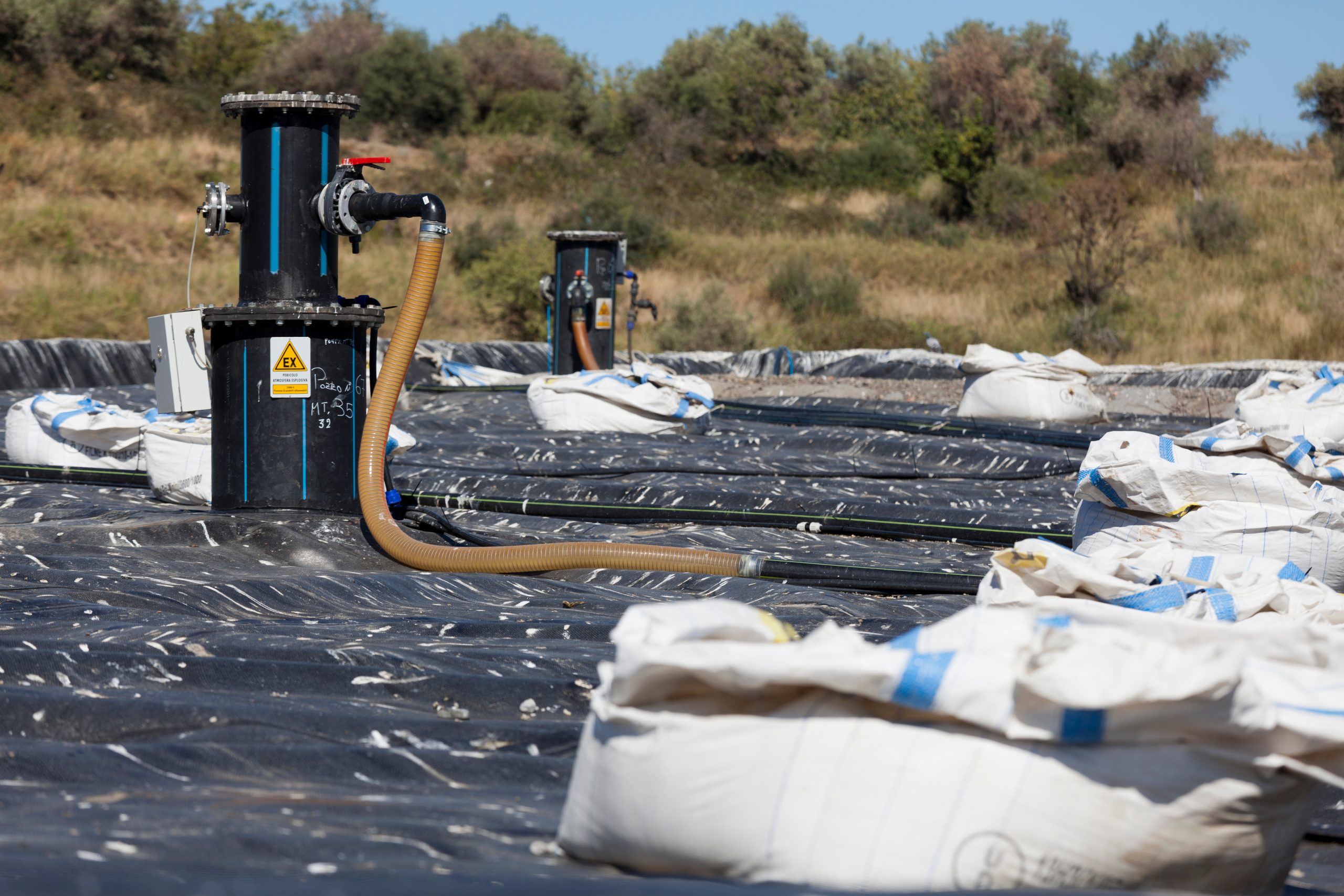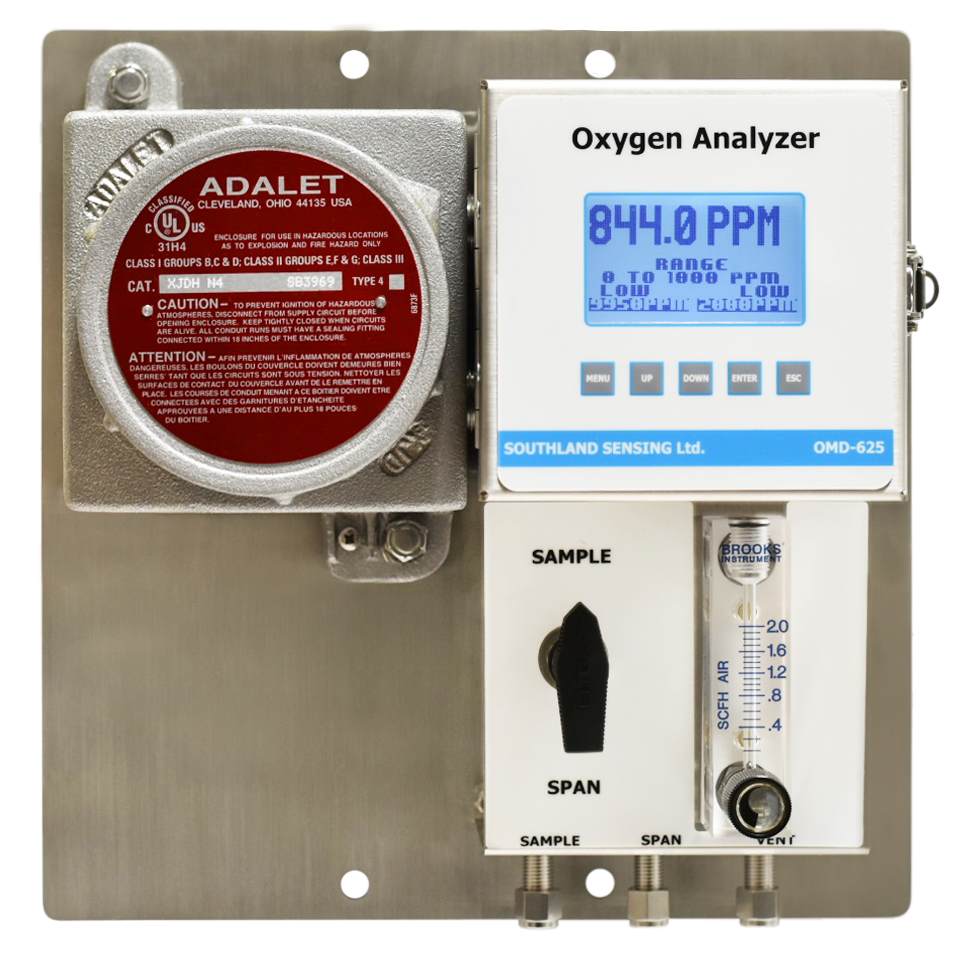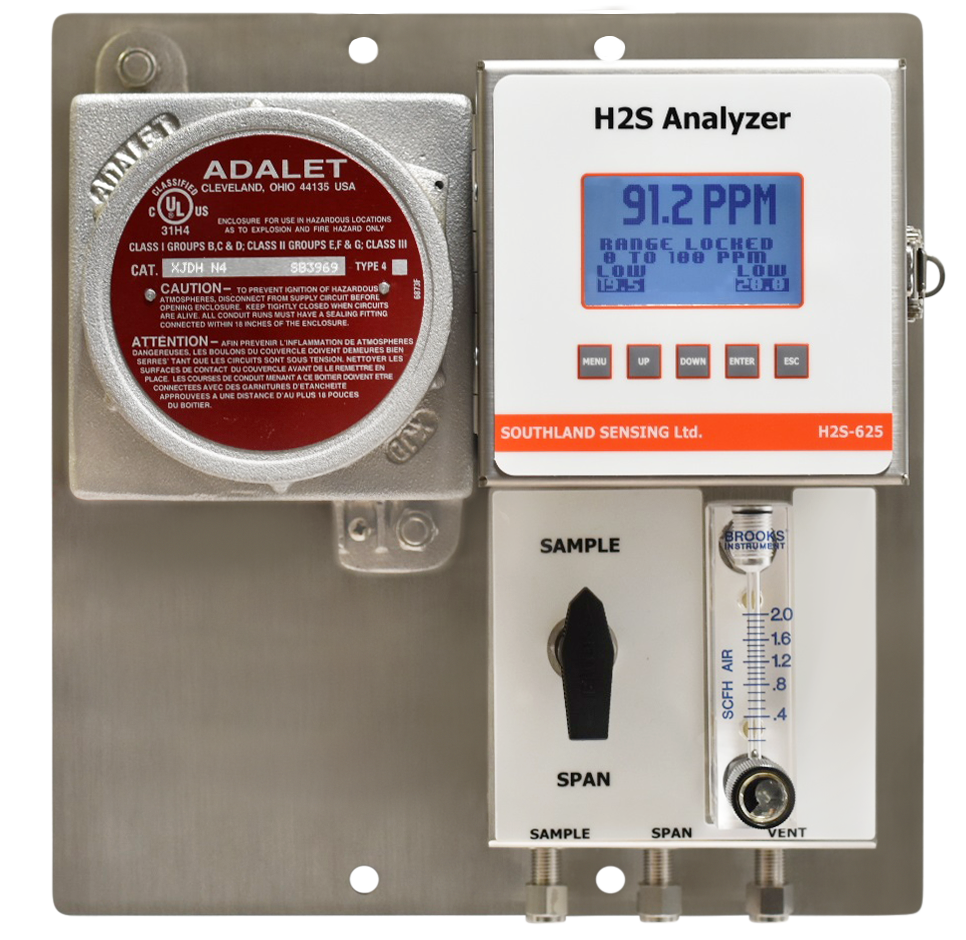As organic waste decomposes in landfills it releases biogas, primarily methane and carbon dioxide, as well as small amounts of other gases such as N2, O2, and H2S. Methane production creates challenges for a few reasons: it is a significant greenhouse gas and often needs to be burned in a flare stack, and as it’s flammable it creates an explosion or fire hazard in the landfill. If the liner under the landfill is compromised the methane may also leach into the groundwater and contaminate it. However, it also creates an opportunity in that it can be captured to use for power.
Continuously monitoring the gas stream composition is important if methane is being captured to be burned for power, mainly the CH4, CO2, and O2 levels. Measuring the oxygen is important to monitor if there’s a leak in the collection system, as well as ensure that there’s an optimal air/fuel mixture for combustion control to optimize the heating value of the produced gas.
Since this application deals with explosive gases, some form of hazardous area classification is required for analytical equipment. Our OMD-625 and OMD-150-NG are designed to be used with natural gas and are designed to class 1, division 1, and class 1, division 2 hazardous area specifications, respectively. We also offer equivalents to analyze the H2S levels in biogas with our H2S-625 and H2S-150-NG which can withstand the high levels of CO2 (>40%) often present in the gas stream.


